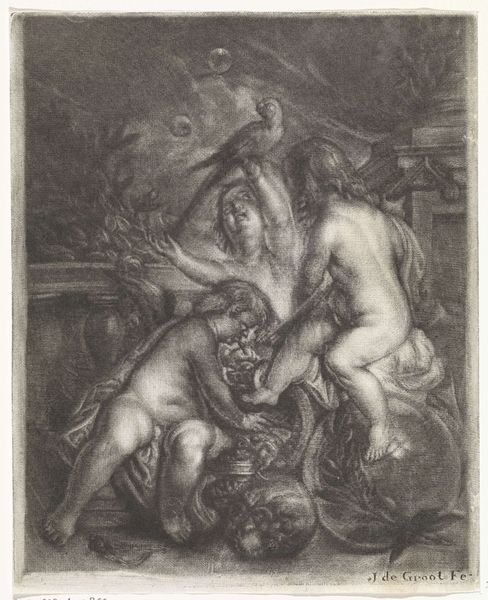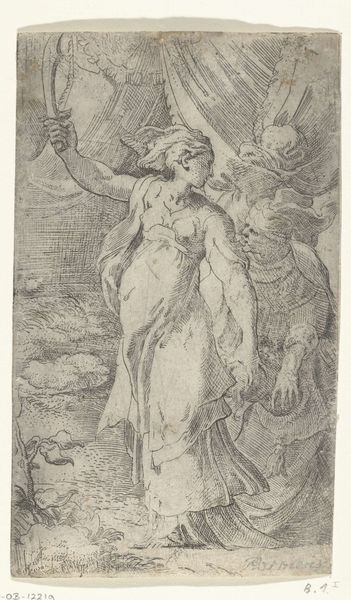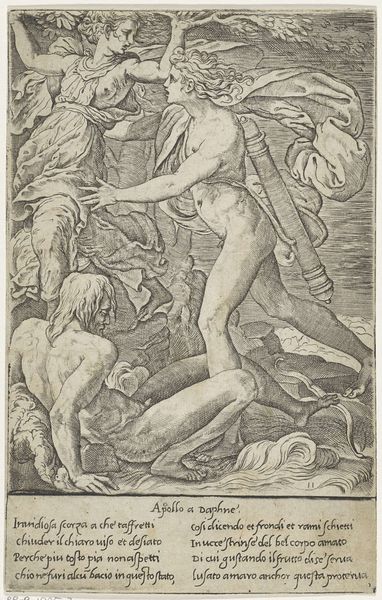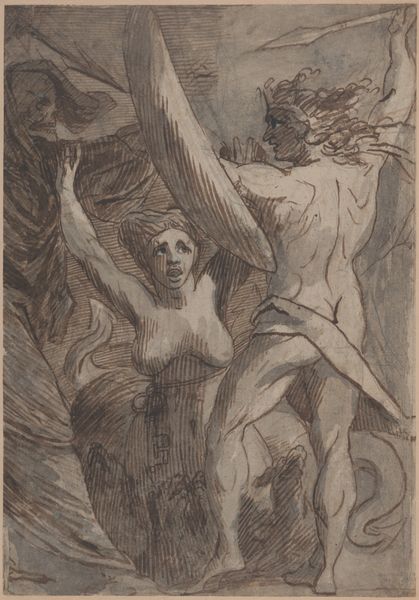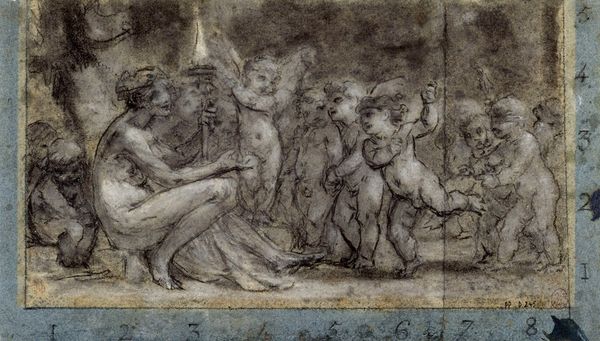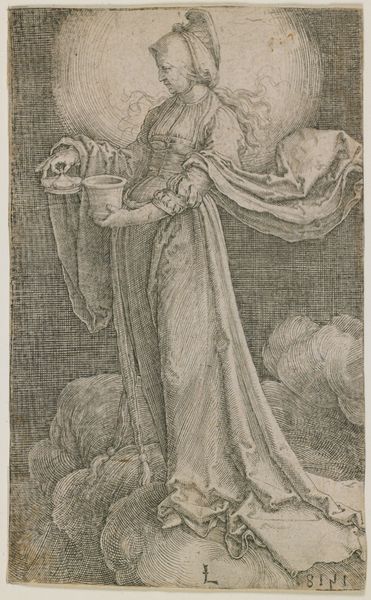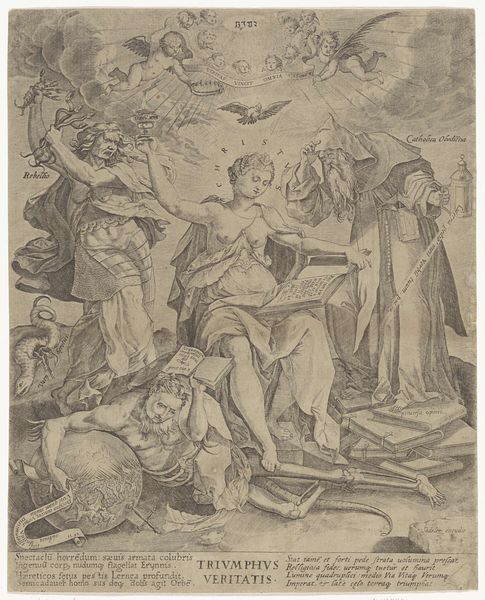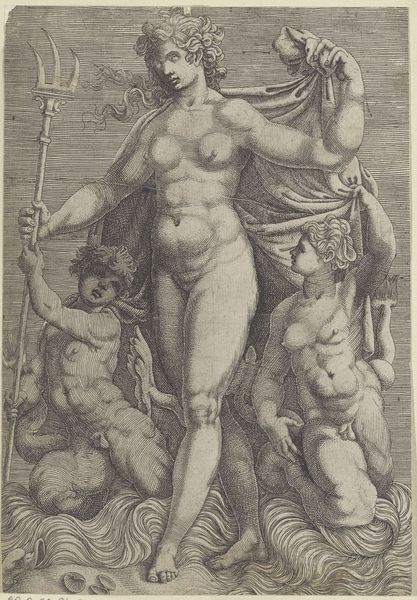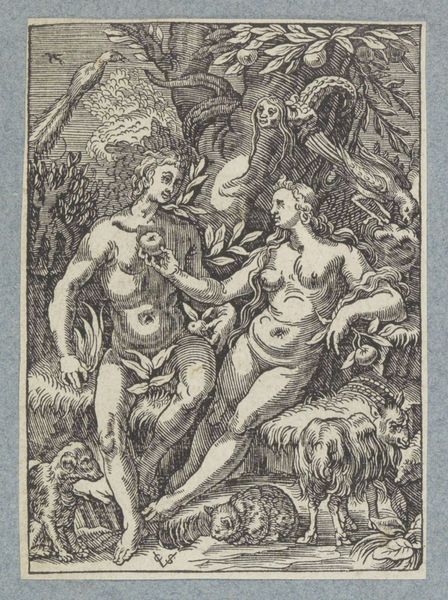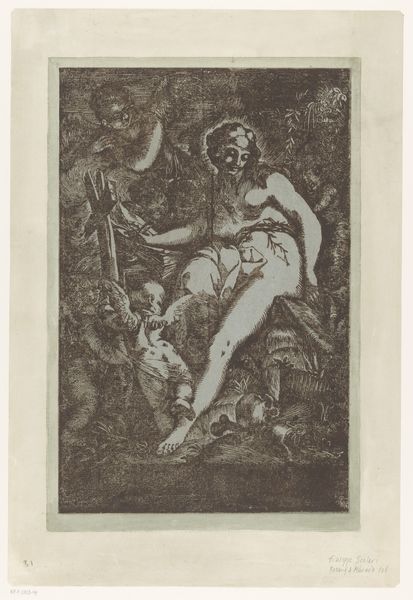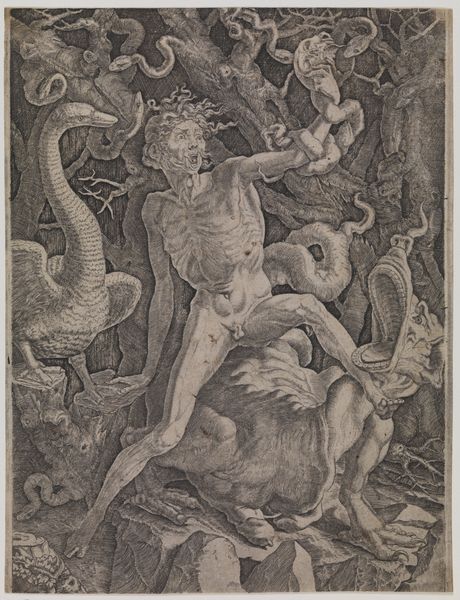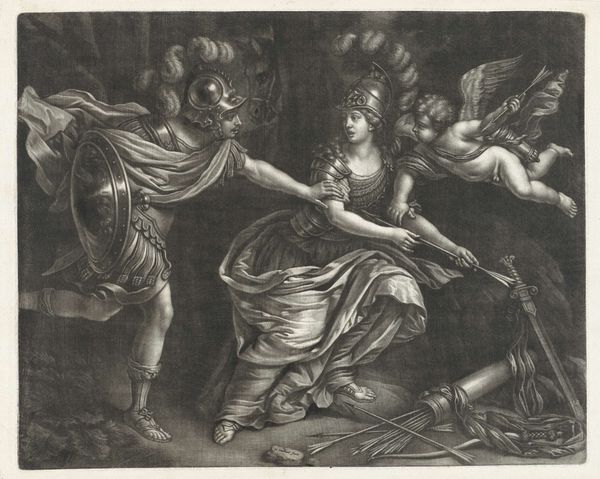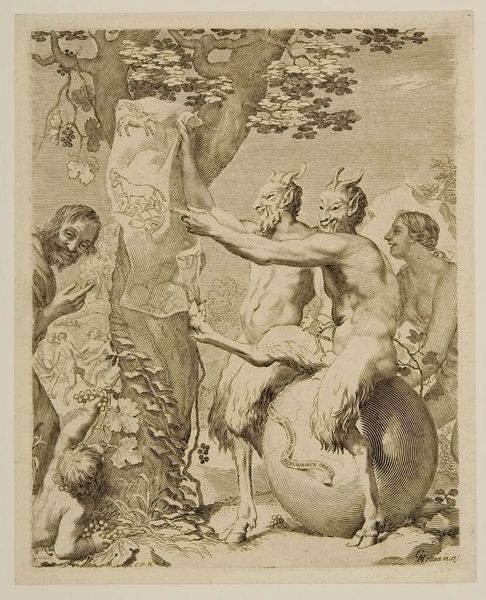
Dimensions: support: 380 x 266 mm frame: 473 x 360 x 48 mm
Copyright: CC-BY-NC-ND 4.0 DEED, Photo: Tate
Editor: This is William Blake's "Moses Indignant at the Golden Calf," housed in the Tate. The scene is intense, Moses is overwhelmed with rage. What social commentaries do you see embedded in this painting? Curator: Blake uses this biblical moment to critique power structures. Consider Moses, initially a liberator, now enacting his own form of control. How does this resonate with post-colonial critiques of revolutionary figures? Editor: I see that, the cycle of oppression continues. Curator: Precisely. Blake challenges us to question the narratives we inherit and to consider how power dynamics perpetuate across different contexts. A relevant message, even today. Editor: I never thought about it that way. It highlights the complexities within movements for liberation.
Comments
tate 7 months ago
⋮
http://www.tate.org.uk/art/artworks/blake-moses-indignant-at-the-golden-calf-t04134
Join the conversation
Join millions of artists and users on Artera today and experience the ultimate creative platform.
tate 7 months ago
⋮
This painting illustrates a scene in the Old Testament book Exodus. Moses was called by God to Mount Sinai to receive the Ten Commandments, written on two slabs of stone. One Commandment was 'Thou shalt have no other gods before me'. However, in Moses's absence, the Israelites were worshipping a statue of a golden calf. When Moses saw this he broke the stone slabs in fury. In Blake's own mythology, a character named Urizen makes iron laws to repress Man. Blake links Urizen with God and Moses who made the laws of organised religion, which Blake wanted to see destroyed. Gallery label, August 2004
